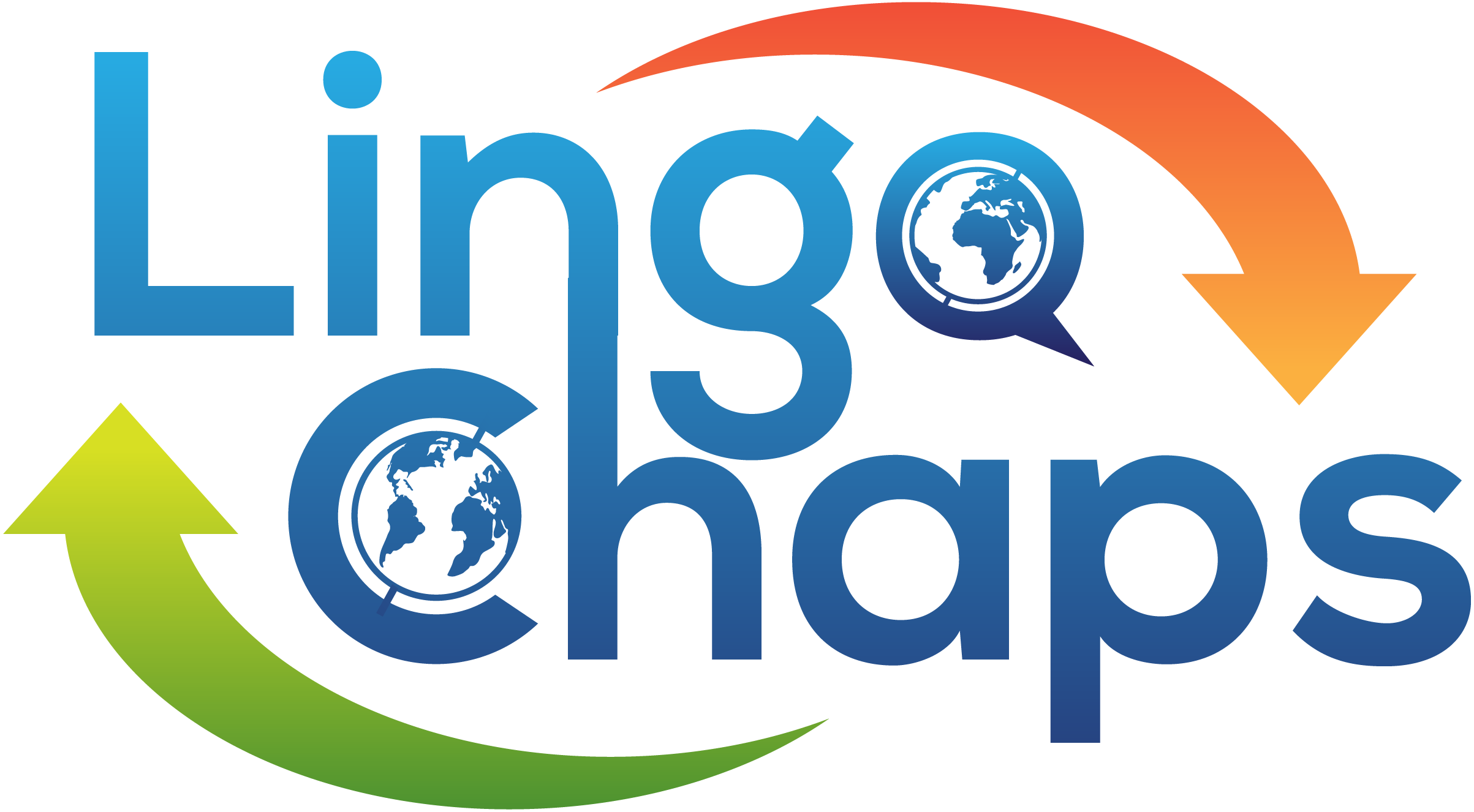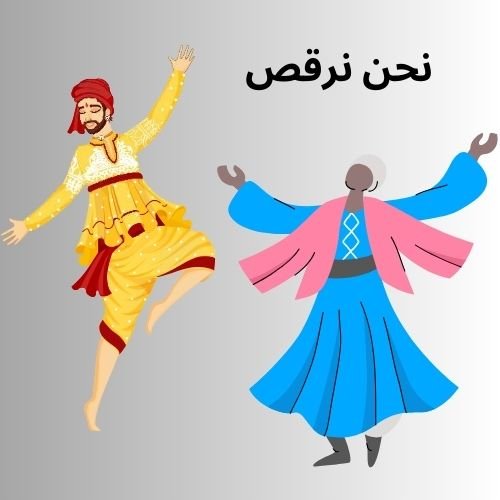Interpretation
Interpretation
Interpretation is the process of conveying the meaning of spoken or written language from one language to another. It plays a crucial role in facilitating communication between people who do not share a common language, making it indispensable in international relations, business, legal matters, healthcare, and more. While often confused with translation, which deals with written language, interpretation focuses on spoken language, and it requires quick thinking and fluency in multiple languages.
This guide explores what interpretation entails, its types, importance, and the key skills needed to become a successful interpreter.
In this guide, we will explore the different types of financial services, their importance in everyday life, and how individuals and businesses can benefit from them.
What is Interpretation?
Interpretation is the oral translation of speech from one language to another, allowing people to communicate across language barriers. It’s not just about converting words but also conveying the speaker’s intent, tone, and cultural nuances. Unlike translation, which happens over time, interpretation typically occurs in real-time, requiring interpreters to think and react quickly.
Types of Interpretation
Interpretation comes in several forms depending on the context and the specific needs of the event or interaction. Here are the most common types:
1. Simultaneous Interpretation
Simultaneous interpretation occurs in real-time, where the interpreter listens to the speaker and translates the message into another language almost immediately. This method is commonly used in large-scale events like conferences, where participants speak different languages.
- How it works: The interpreter usually sits in a soundproof booth and listens to the speaker through headphones. As the speaker talks, the interpreter relays the message to the audience via a microphone, almost at the same time.
- Where it’s used: International conferences, political summits, UN meetings, and live broadcasts.
2. Consecutive Interpretation
Consecutive interpretation happens after the speaker pauses. The speaker speaks for a few sentences or a section, then pauses to allow the interpreter to relay the message in the target language. This type of interpretation allows the interpreter to absorb more information before translating.
- How it works: The interpreter takes notes while listening to the speaker and delivers the interpretation during natural pauses in the speech.
- Where it’s used: Business meetings, medical consultations, legal settings, and smaller conferences..
3. Whispered Interpretation (Chuchotage)
Whispered interpretation is a form of simultaneous interpretation where the interpreter sits or stands next to the listener and whispers the translation into their ear. This method is used when only a few participants need interpretation and is generally performed in low-noise environments.
- How it works: The interpreter listens to the speaker and whispers the translation in real-time to a few listeners.
- Where it’s used: Business meetings, court hearings, or small events with multilingual participants.
4. Liaison Interpretation
Liaison interpretation, also known as dialogue or escort interpretation, facilitates communication between two parties, typically in informal or business settings. The interpreter translates short segments of dialogue back and forth between participants.
- How it works: The interpreter translates brief exchanges between the participants, allowing for smooth back-and-forth communication.
- Where it’s used: Business negotiations, guided tours, diplomatic meetings, and informal discussions.
5. Relay Interpretation
Relay interpretation is used when no interpreter is available who speaks both the speaker’s and the target language. In this case, the message is interpreted into a common language (often English) by one interpreter, and another interpreter then translates it into the target language.
- How it works: The first interpreter translates the speech into an intermediary language, and another interpreter converts that translation into the final target language.
- Where it’s used: Large international events where multiple languages are spoken and direct interpretation is not possible.
Importance of Interpretation
Interpretation is essential in today’s globalized world for several reasons:
1. Facilitates International Communication
In an increasingly interconnected world, international business deals, political agreements, and global collaborations depend on clear communication. Interpretation enables dialogue between people from different linguistic backgrounds, ensuring that all parties can express themselves and understand each other fully.
2. Promotes Inclusivity
Interpretation allows people who do not speak the same language to participate in important events and discussions, fostering inclusivity. It ensures that language barriers do not prevent individuals from accessing vital services, attending events, or participating in negotiations.
3. Ensures Accurate Legal and Medical Communication
In legal and medical contexts, clear and accurate communication is crucial. A single misunderstanding due to a language barrier can have serious consequences. Professional interpreters ensure that individuals understand legal rights, medical procedures, and diagnoses, preventing errors and miscommunications.
4. Supports Multicultural Understanding
Interpreters do more than just translate words; they also convey cultural context, ensuring that nuances and cultural references are understood. This helps prevent cultural misunderstandings and promotes a deeper understanding between people from different backgrounds.
5. Enhances Diplomatic Relations
In diplomacy, where every word matters, interpreters play a vital role in maintaining relations between countries. They ensure that speeches, negotiations, and discussions are accurately interpreted, helping avoid diplomatic faux pas and misunderstandings.
How to Become a Professional Interpreter
If you’re considering a career in interpretation, here’s how to get started:
1. Master the Languages
Achieving near-native fluency in two or more languages is the first step. This includes learning formal language as well as colloquialisms, slang, and industry-specific jargon.
2. Gain Specialized Training
Many interpreters hold degrees or certifications in interpretation or a related field such as linguistics. Specialized training helps develop interpretation techniques, including simultaneous and consecutive interpretation skills.
3. Obtain Certification
Certifications from professional organizations like the International Association of Conference Interpreters (AIIC) or the American Translators Association (ATA) can boost credibility and open up more job opportunities.
4. Build Experience
Starting with volunteer or freelance opportunities can help aspiring interpreters gain experience. Working in diverse fields such as healthcare, legal, or conference interpreting provides practical exposure and improves skills.
Interpretation is a vital tool for bridging communication gaps in a multilingual world. It goes beyond mere translation of words, offering a cultural and contextual understanding that allows for smooth and effective communication between people from different backgrounds. Whether in business, legal, medical, or diplomatic settings, interpreters play a critical role in fostering understanding and promoting inclusivity.


